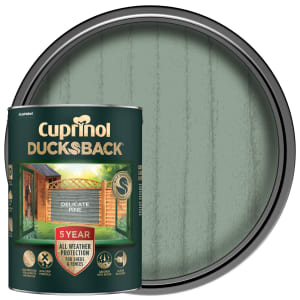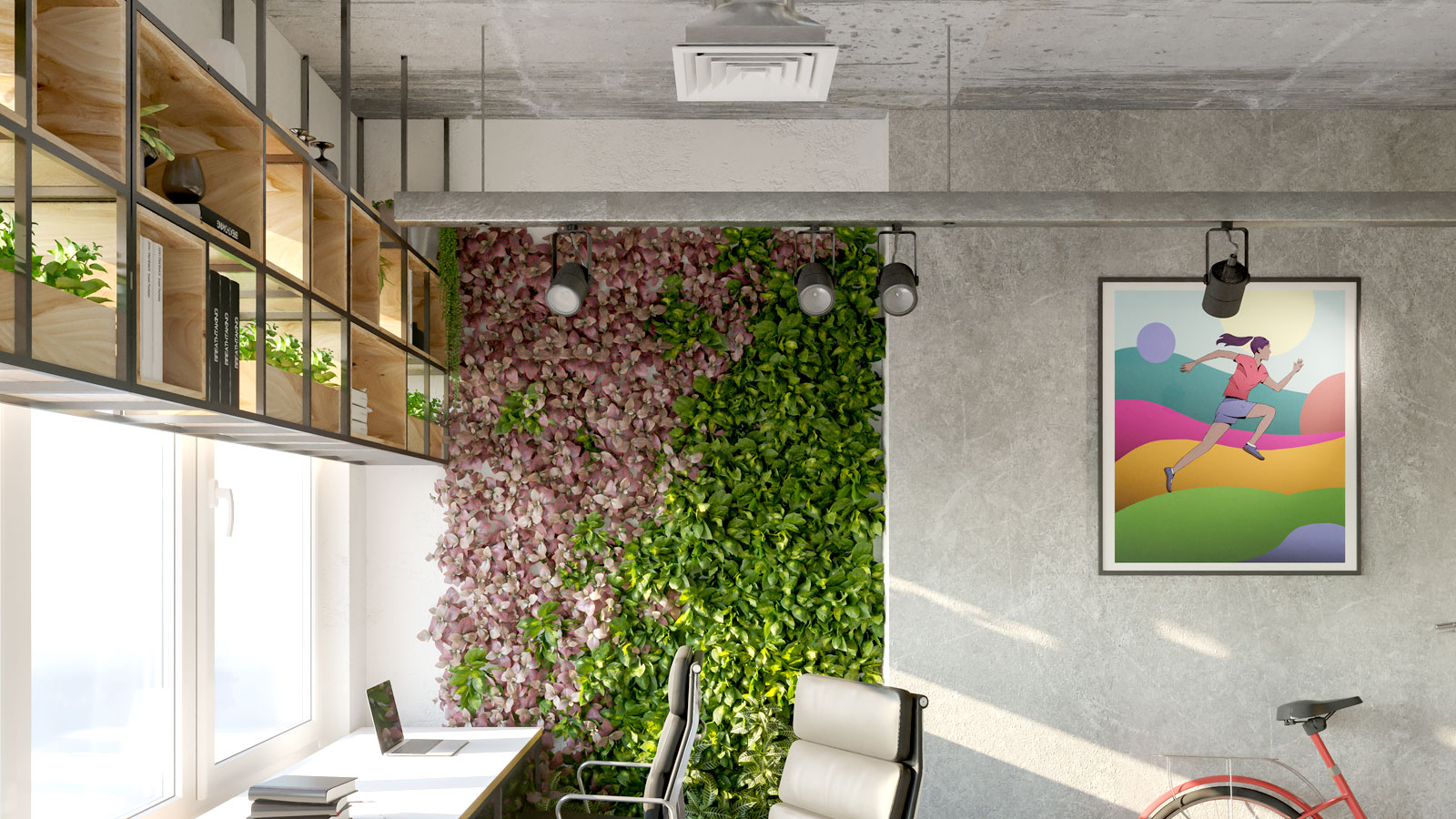Is painting over green algae on a fence ok? Experts weigh in on whether attempting this is a good idea
Whilst technically possible, painting over green algae on a fence without taking other necessary steps may not fix the problem

When you notice green patches appearing on your fence, naturally you'll want to know how to rectify them. Painting over green algae on a fence can be a great option for covering it up.
However, you will need to incorporate a few essential steps, including cleaning the fence before painting so the algae doesn't reappear.
So these paint experts reveal how to tackle the problem of green algae so you can paint your fence without worrying about it coming back.
Painting over green algae
Senior brand manager, Jimmy Englezos from Ronseal explains that you could technically paint over green algae that have formed on your fence. Painting a fence alone, without trying to fix the problem of the algae, will minimise its appearance, however, the organism will still be present and could cause the paint to peel off.
"If the algae remains it will impact its structural integrity and the visible appearance of your fence. Since algae is attracted to damp conditions it can cause the wood to retain excess moisture leading to wood rot and decay," says Jimmy.
He outlines the method of how to clean the mould on the wood before painting:
- The best solution to tackle the problem of mould on outdoor walls and fences is to fully remove it before repainting it. This can be done by brushing off loose or excess algae using a broom or stiff brush.
- Clean any remaining patches with a solution of white vinegar like this Golden Swan - White Vinegar - for Cleaning at Amazon and hot water. Avoid using bleach as this can damage nearby plants and wildlife, and impact the colour of the wood itself.
- Once fully dry repaint the fence in an exterior wood paint of your choice or treat it with a fence protector, which can add a waterproof layer to the wood to prevent rot and decay. Keep an eye out for algae regrowth, and if the problem returns tackle it early.
Shop products to rejuvenate your fence
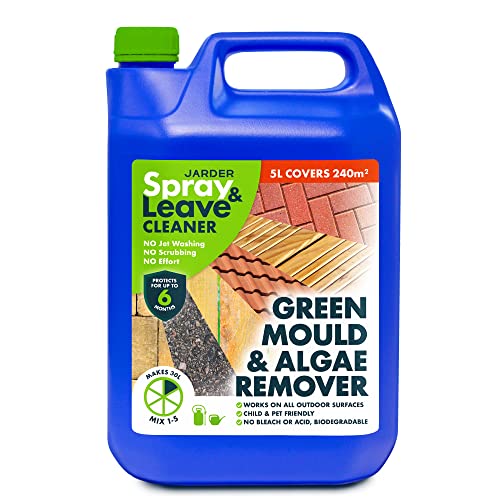
This is a product which can get rid of algae on your fence and leave it ready for painting as soon as it's dry.
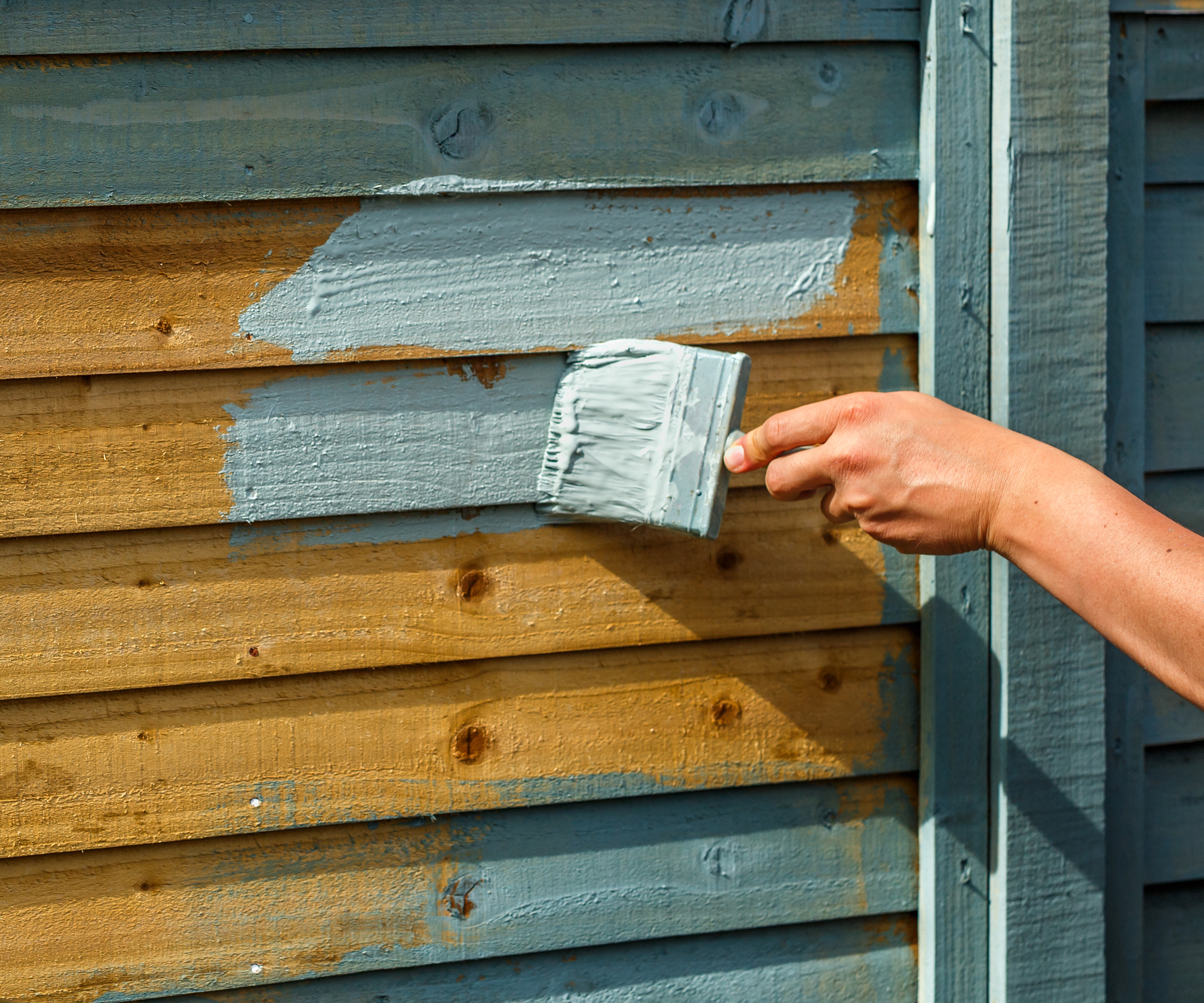

Jimmy is the Senior Brand Manager at Ronseal, the UK's number one woodcare brand. Jimmy regularly provides insights and guidance on how to properly prepare wood for treatment, as well as handy tips and hints for decorating and general woodcare projects.
How to prevent algae on fences
"Green mould or algae on a garden fence is caused by lack of sunlight, cool air and poor air circulation. It is prevalent on north-facing fences which don’t get much sunlight," explains Angela Slater, Gardening Expert at Hayes Garden World.
If you have climbing fence plants it is inevitable that you will get algae. Shade from trees will also encourage the formation of moulds. The only way to prevent algae is to allow sunlight to hit the fence by removing any climbing plants and anything which casts a shade over the fence."
Unfortunately, Angela explains that a north-facing fence or one down a narrow passage or side return, which doesn't get any sunlight it will be nearly impossible to prevent the formation of mould.
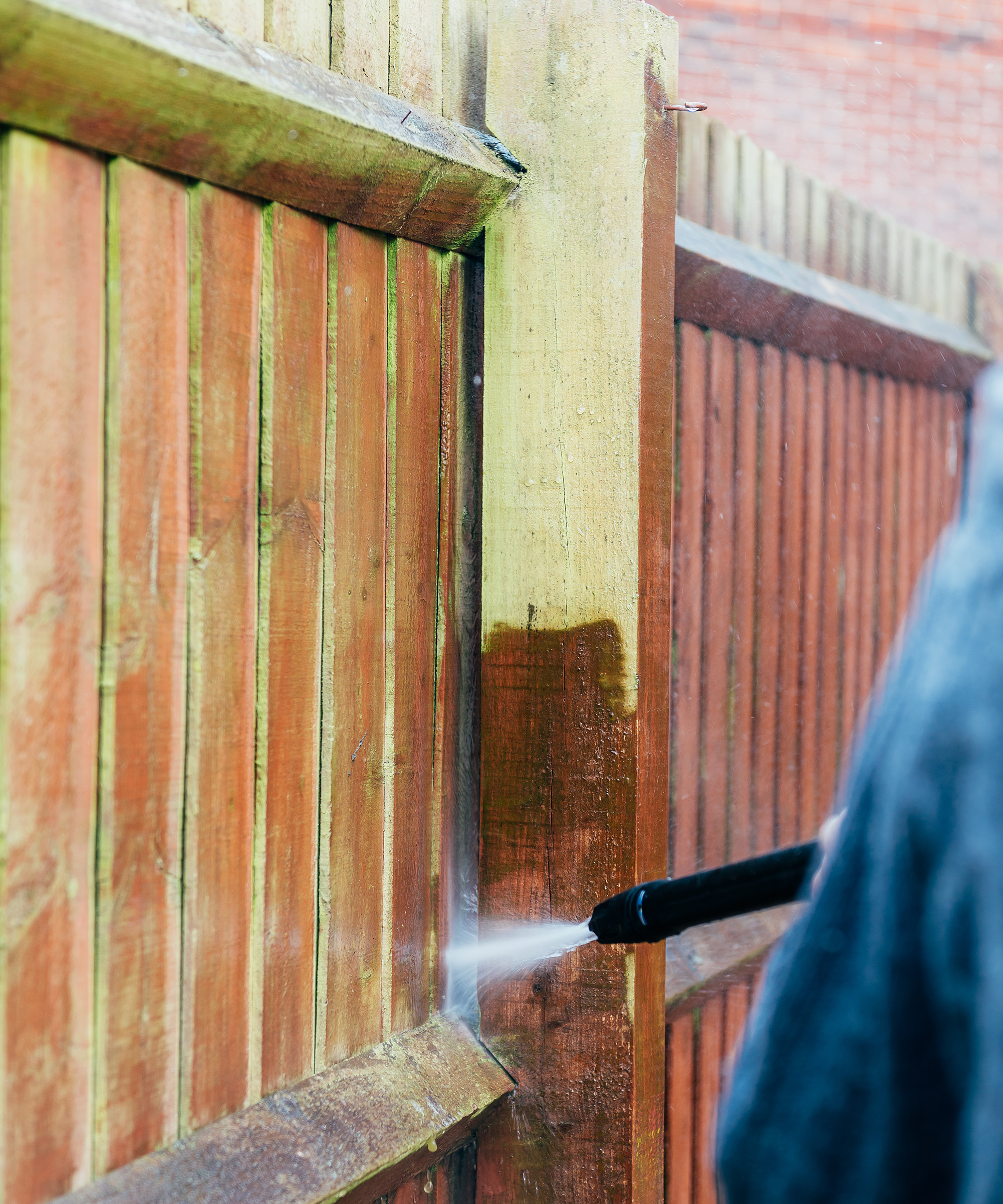

Angela holds a degree in Conservation and Land Management, and has had an active interest in gardening since the age of six. or the past four years, she has been blogging and making video content related to gardening,
Identifying green algae on a fence
Jimmy Englezos outlines the three telltale signs that mould or algae have affected wood:
- Discolouration: Wood affected by mould can become discoloured with patches of green, black or brown on the surfaces which can spread if left untreated.
- Musty odour and damp smell: If affected by mould, the area will have a distinct musty odour and damp smell.
- Fuzzy or slimy texture: The area can have a fuzzy or velvety texture if affected by mould. Fuzzy growth is a strong indicator of mould infestation.
Whether you have algae growth or not, cleaning a fence before painting it is a necessary step to ensure a good surface for the paint to adhere to.
If you decide that fence maintenance is too much for you, why not consider planting a fast-growing hedge as a green alternative?
Get the Homebuilding & Renovating Newsletter
Bring your dream home to life with expert advice, how to guides and design inspiration. Sign up for our newsletter and get two free tickets to a Homebuilding & Renovating Show near you.

Teresa was part of a team that launched Easy Gardens in 2018 and worked as the Editor on this magazine. She has extensive experience writing and editing content on gardens and landscaping on brands such as Homes & Gardens, Country Homes & Interiors and Living Etc magazine. She has developed close working relationships with top landscape architects and leading industry experts, and has been exposed to an array of rich content and expertise.
In 2020 Teresa bought her first home. She and her partner worked alongside architects and builders to transform the downstairs area of her two bedroom Victorian house in north London into a usable space for her family. Along the way she learned the stresses, woes and joys of home renovation, and is now looking to her next project, landscaping the back garden.

